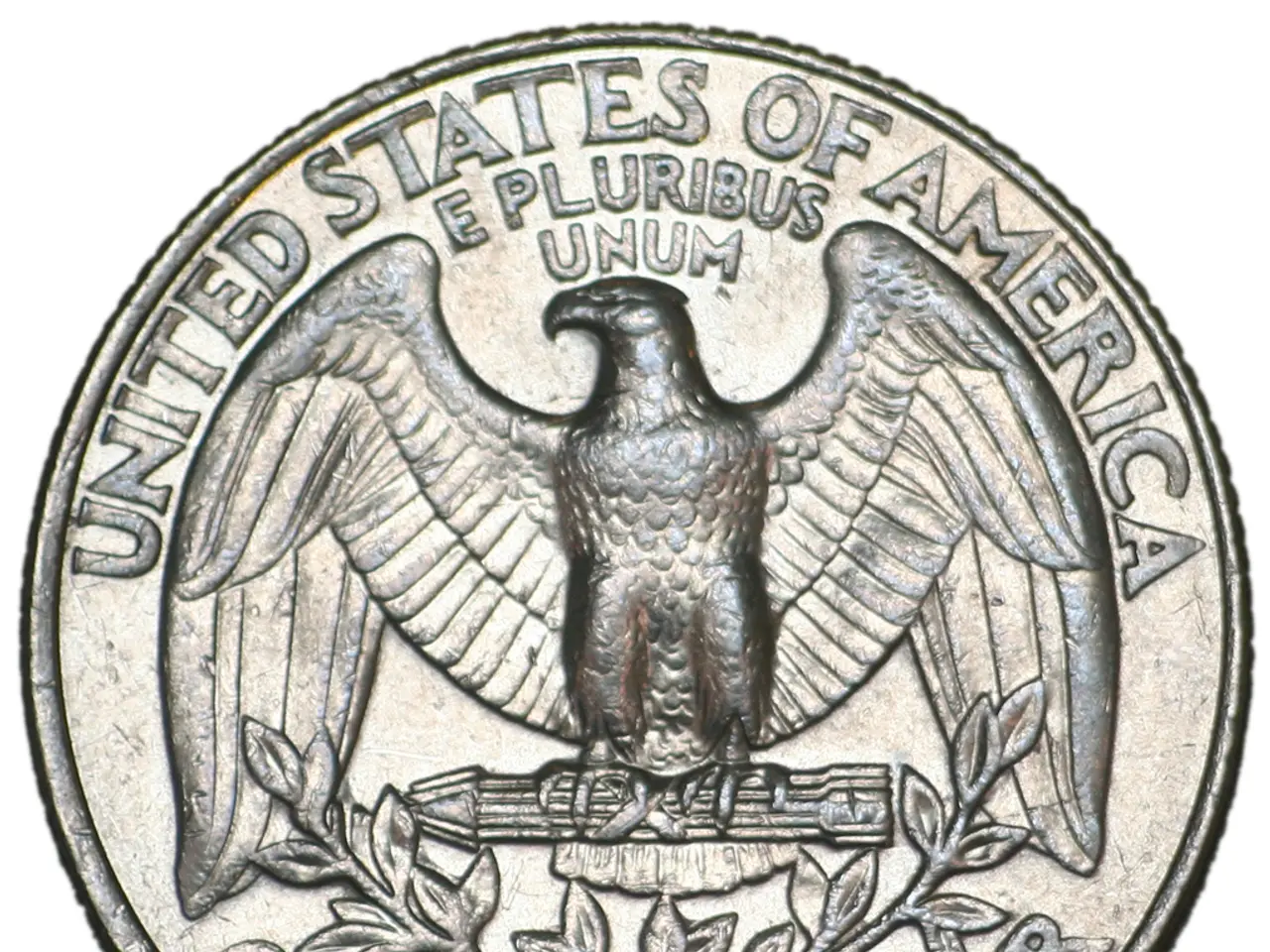Dollar's future in Kazakhstan: Government shares projected outcome
The Kazakhstani tenge is currently experiencing turbulent times, with its exchange rate against the US dollar fluctuating significantly. This article delves into the factors influencing the tenge's exchange rate, the National Bank's interventions, and the public discontent arising from the situation.
Factors Affecting the Tenge's Exchange Rate
The future exchange rate of the dollar in Kazakhstan is influenced by various factors. These include inflation, global oil prices, export revenues, import levels, and market sentiment, including speculative pressures.
Kazakhstan experienced an annual inflation rate of 11.8% in June 2025, driven by factors like utility reforms, VAT hikes, and imported inflation. A decline in export revenue due to lower oil prices weakens the tenge since Kazakhstan is a significant oil producer. Oil prices above $70 per barrel provide support, but fluctuations greatly affect the currency.
Increased imports strain the currency as demand for foreign currency rises, contributing to tenge depreciation. Heightened speculative pressure and market expectations, often influenced by government or central bank statements, exacerbate volatility. External factors such as potential sanctions on key trade partners also indirectly affect Kazakhstan’s currency.
The National Bank's Interventions
The National Bank of Kazakhstan manages the currency through foreign exchange interventions aimed at stabilizing the tenge, especially when faced with low liquidity and increased speculative activity in the FX market. The central bank initiates pointwise foreign exchange interventions, buying or selling foreign currency in the market to support the tenge during periods of abnormal volatility and low liquidity.
Public Discontent and Government Response
The devaluation of the tenge has led to increased costs for Kazakhstanis, particularly in foreign travel and everyday expenses. This, coupled with reports of corruption and inefficiency within the government, has sparked public discontent.
The government is expected to show confidence, analysis, and position in response to these issues. However, the public's trust in the government remains low, with many calling for reforms and accountability.
In conclusion, the Kazakhstani tenge’s exchange rate response is a complex interplay between inflation, commodity prices, trade dynamics, and speculative market behavior. The National Bank employs targeted currency interventions during episodes of market instability to support the tenge and uphold confidence in the national currency. The future of the tenge's exchange rate will depend on a combination of economic factors, government actions, and market sentiment.
Businesses and various industries in Kazakhstan are affected by the fluctuations in the tenge's exchange rate, as increased costs for imports and foreign travel due to the devaluation impact their profit margins. The finance sector, in particular, can indulge in speculative activities, which can exacerbate the volatility of the tenge, potentially leading to increased market instability. The National Bank's interventions aim to stabilize the tenge and maintain confidence in the national currency, which is crucial for the overall health of the Kazakhstani economy.





